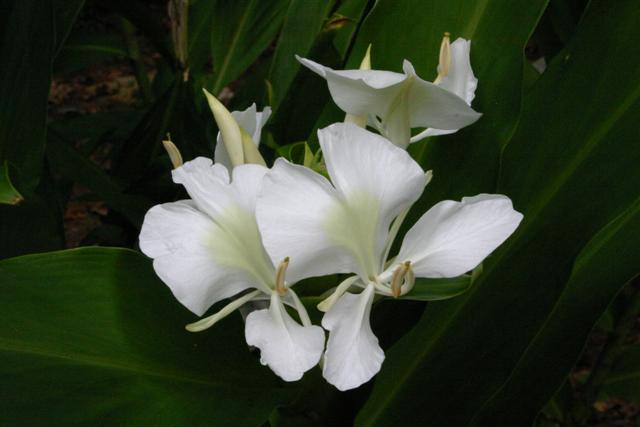
Check out our
Design Services.
| Fragrant Plants by Season |

|
Need design help? Check out our Design Services. |
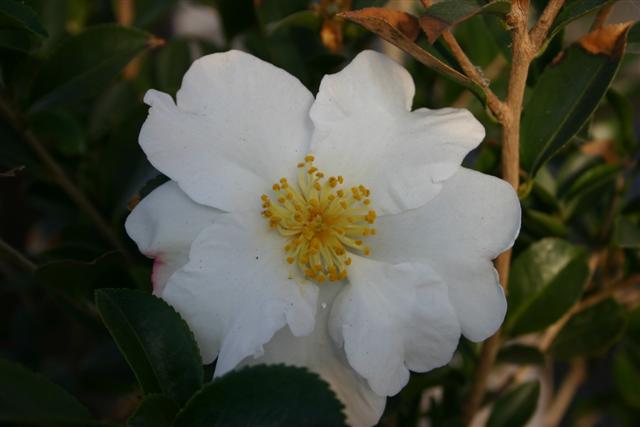
|
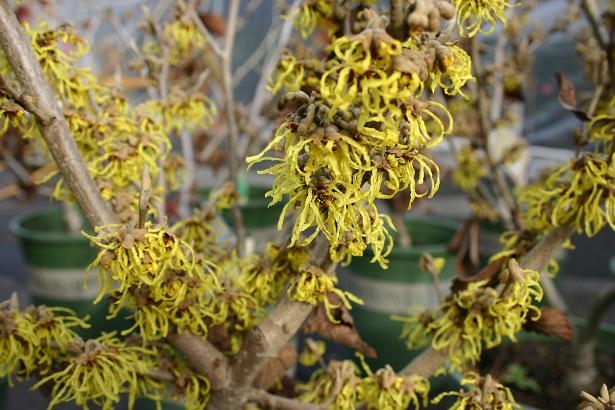
|
| Setsugekka Camellia sasanqua | Witchhazel (Hamamelis spp.) |
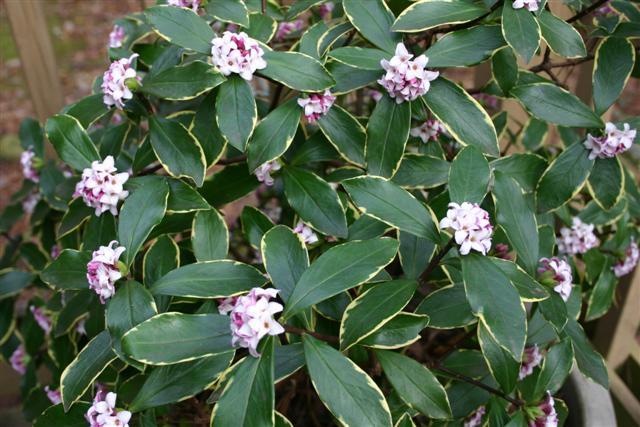
|
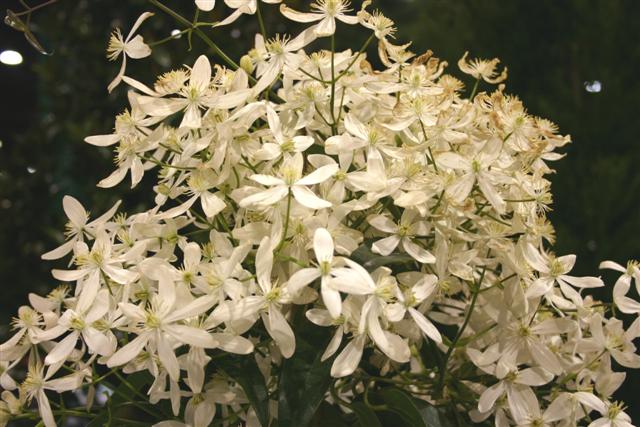
|
| Winter Daphne (Daphne odora) | Evergreen Clematis (Clematis armandii) |
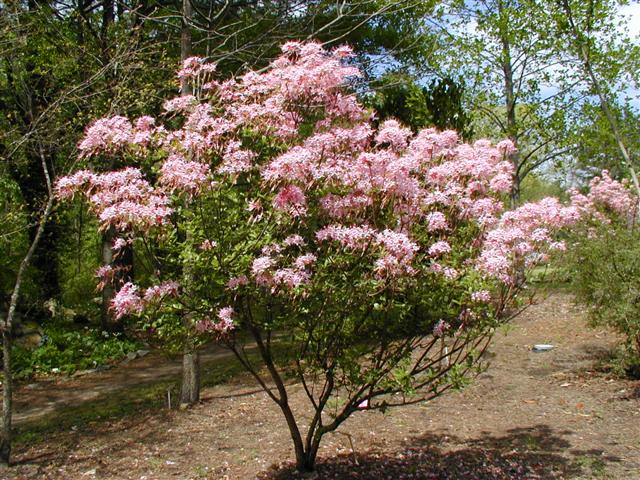
|
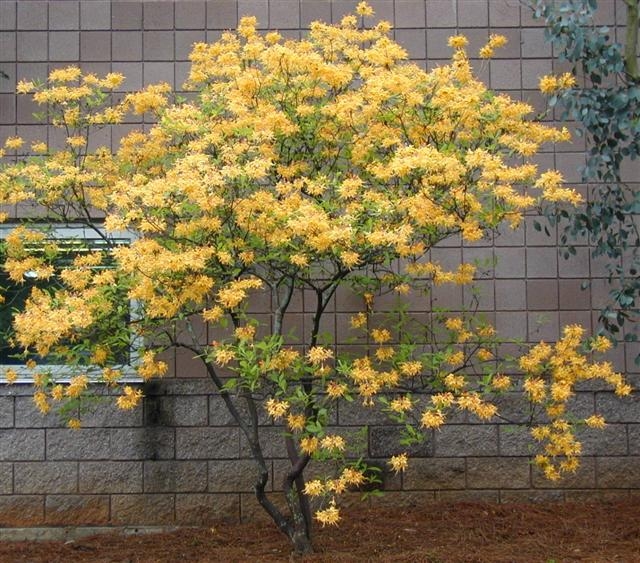
|
| Piedmont Azalea (Rhododendron canescens) | Florida Azalea (R. austrinum) |

|
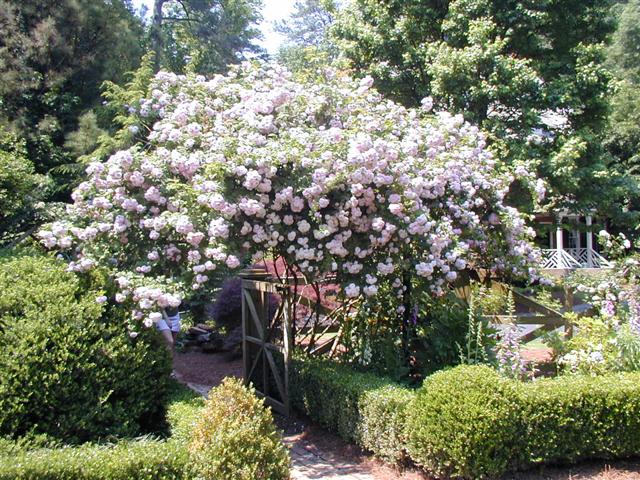
|
| Confederate Jasmine (Trachelospermum jasminoides) | Fragrant Roses (Rosa spp.) |
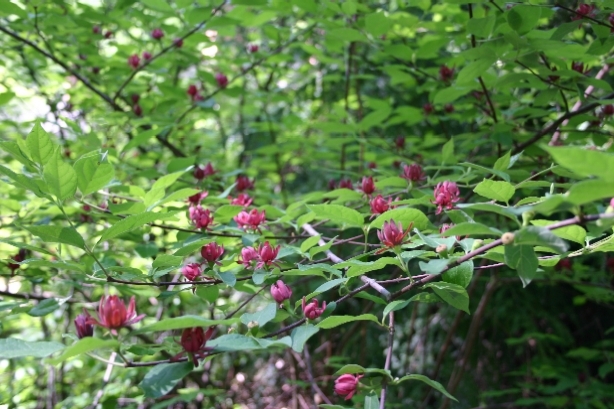
|
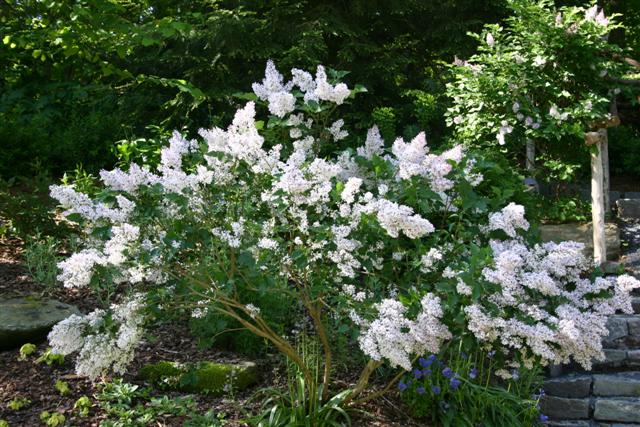
|
| Sweetshrub (Calycanthus floridus) | Lilac (Syringa vulgaris) |
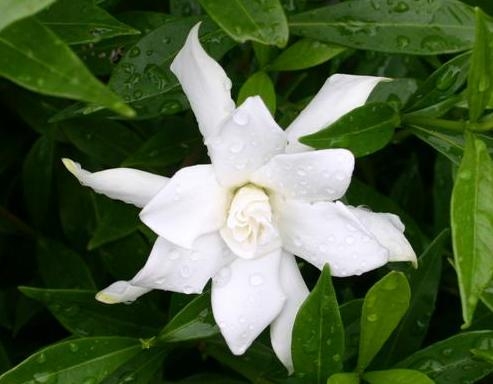
|
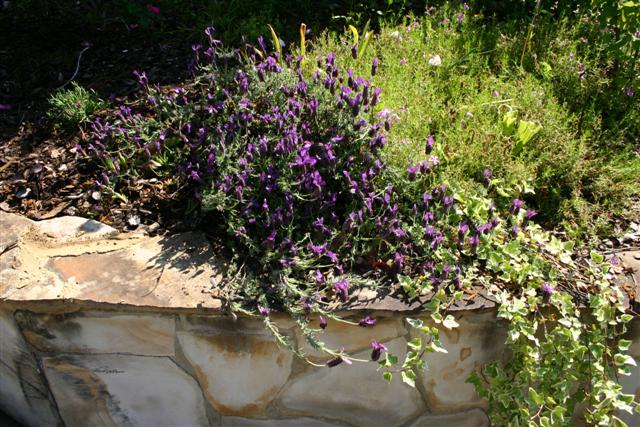
|
| Gardenia (Gardenia jasminoides) | Lavender (Lavandula spp.) |
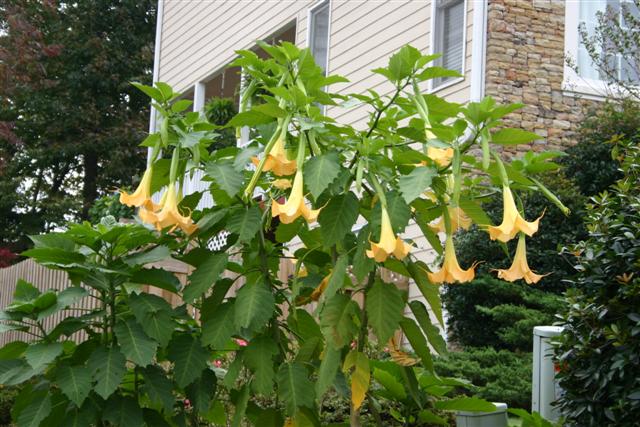
|
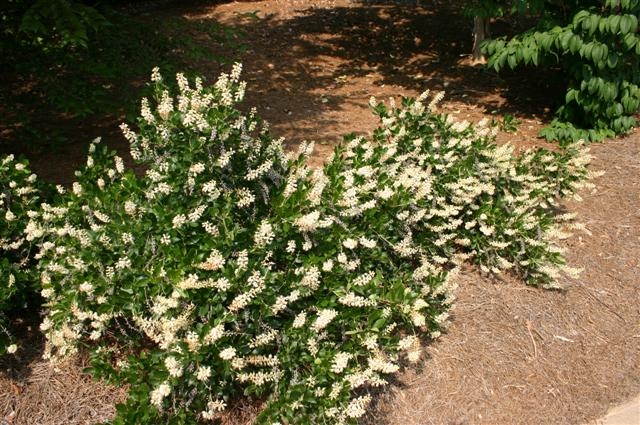
|
| Angel's Trumpet (Brugmansia spp.) | Summersweet (Clethra alnifolia) |